In an ongoing multi-agency effort, drones are playing a critical role in the treatment, inspection, and surveillance of coconut rhinoceros beetles (CRB) on Maui. Despite the initial detection of 17 live CRB larvae in a single palm tree in Kīhei in November 2023, no further CRB have been confirmed on the island since then, reports The Maui News.
Drone Treatments Prove Effective
During the week of March 25, a second round of pesticide treatments was conducted over three days, targeting 78 palm trees at a Kīhei golf course and compost facility. The Maui Plant Pest Control Branch (PPC) of the Hawai’i Department of Agriculture (HDOA) led the treatment, with assistance from the Maui Invasive Species Committee (MISC) and its drone, as well as staff from the University of Hawai’i-Hilo’s Spatial Data and Visualization Lab, who piloted the drones.
Drones have proven to be the most effective and efficient method for treating the crowns of palm trees, which can reach heights of up to 90 feet. The first round of drone treatments in Kīhei was conducted in mid-February 2024, treating 24 palm trees. Similar drone treatments were also carried out on Kaua’i in October 2023.
Ongoing Monitoring and Surveillance
Following the treatment, the area was monitored from March 25 to April 8, and no CRB were found. Monitoring will continue weekly for the next few months. HDOA and MISC have surveyed a total of 26,000 palms throughout Maui County, and approximately 80 detection traps have been deployed and are being monitored. To date, no CRB have been detected in these traps.
Sharon Hurd, chairperson of the Hawai’i Board of Agriculture, expressed cautious optimism, stating, “It is encouraging that no CRB have been detected on Maui in four months. However, the department and its partner organizations will continue to be vigilant and work to prevent CRB from becoming established in uninfested areas.”
Pesticide Treatment and Inspections
HDOA’s Pesticides Branch obtained a crisis emergency exemption from the U.S. Environmental Protection Agency (EPA) to treat palms with cypermetherin, a pesticide found to be effective against CRB. The EPA has authorized its use only in the counties of Maui, Kaua’i, and Hawai’i island.
In addition to pesticide treatments, HDOA’s Maui Plant Quarantine Branch (PQ) conducts inspections five times a week at the port where interisland barge shipments arrive and provides outreach and Education to port employees. Maui PQ and PPC staff also inspect big-box retailers at least twice a week and inspect bagged propagation material arriving from O’ahu for possible CRB entry and exit holes.
Efforts on Other Islands
On Hawai’i island, six live CRB grubs were found in Waikoloa Village in October 2023. A Hawai’i island PPC Specialist travels weekly from Hilo to Kona to survey for possible CRB infestations with the volunteer assistance of area residents. More than 70 detection traps have been deployed on the east and west sides of the island, with no additional CRB detected to date.
On Kaua’i, where CRB was first detected near Līhu’e Airport in May 2023, more than 95 traps have been deployed around the island. As of the last report, a total of about 74 beetles have been found in traps on Kaua’i, and multi-agency eradication efforts continue.
The use of drones has proven to be a game-changer in the battle against coconut rhinoceros beetles on Maui. While the initial detection of CRB in November 2023 raised concerns, the swift and coordinated response from various agencies, coupled with the innovative use of Drone Technology, has helped contain the threat. As monitoring and surveillance efforts continue, the public is encouraged to remain vigilant and report any suspected CRB sightings to the state’s pest hotline.

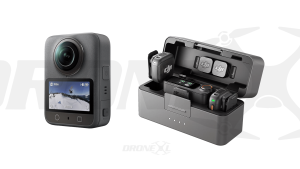

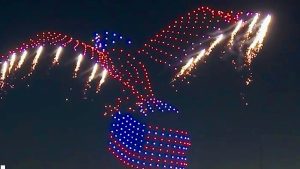

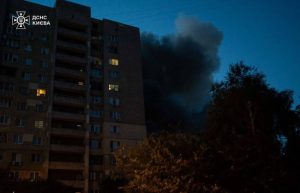




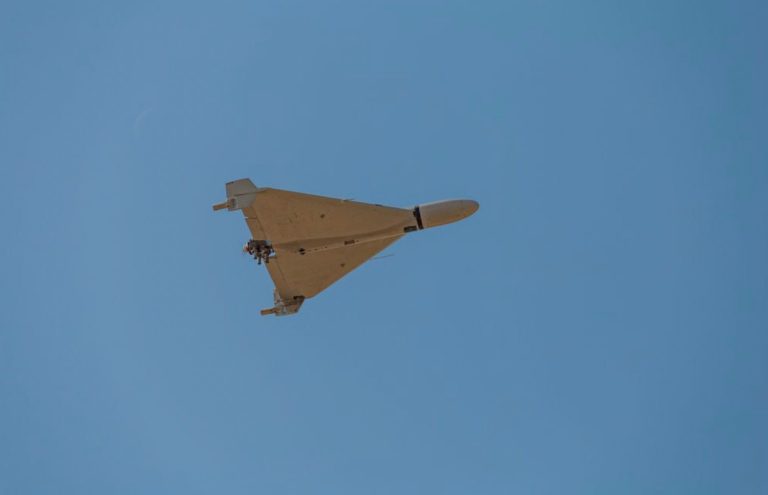
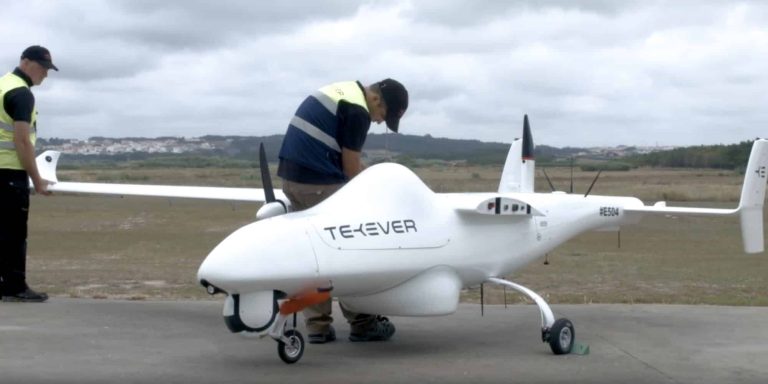
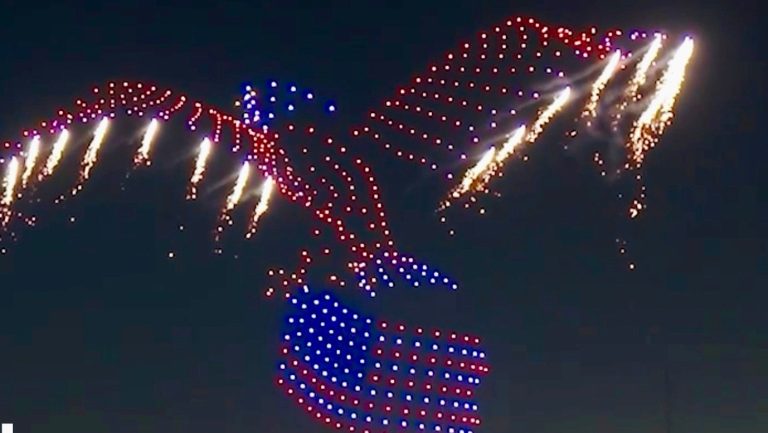

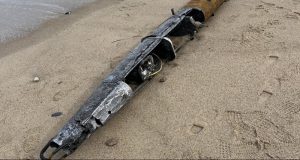


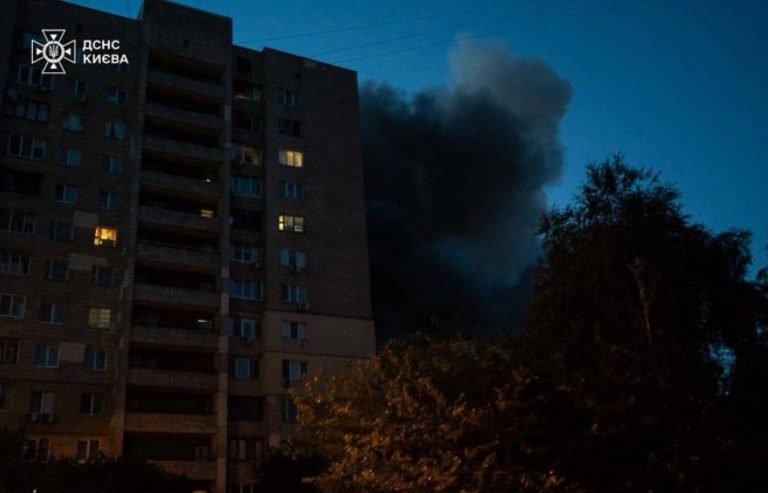

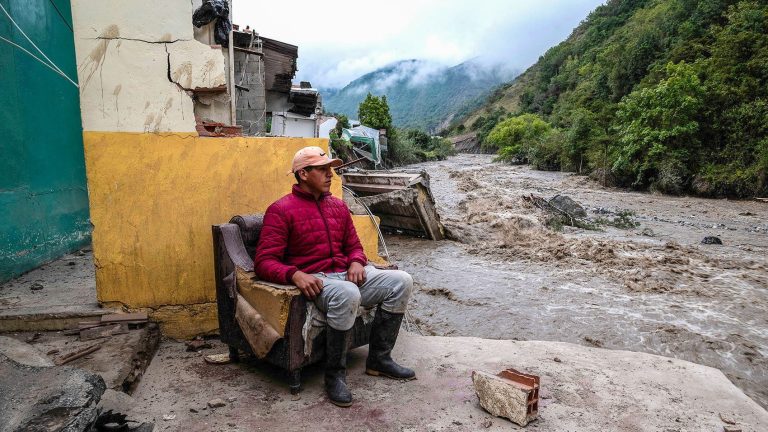
+ There are no comments
Add yours